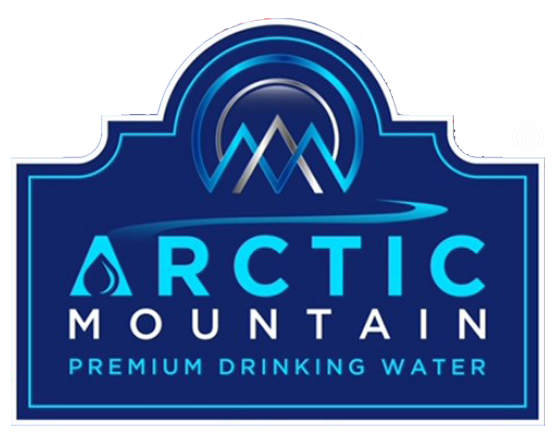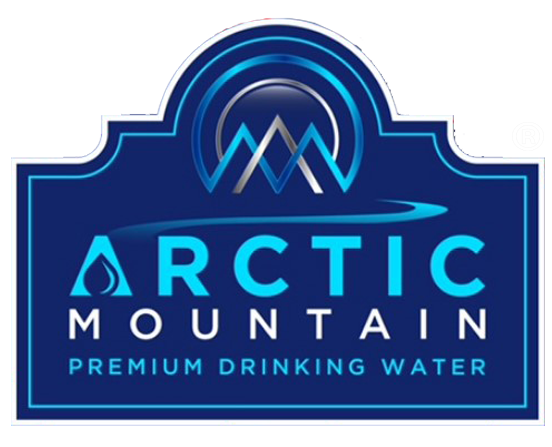Multiple chemicals are used in food preservation in groceries and food manufacturing companies. That’s why there has been a drastic increase in the length at which fresh produce can be preserved. It’s always essential to ensure that food products, especially highly perishable fruits and vegetables, are preserved after harvesting. However, it’s critical to understand the types of preservatives used on fruits and vegetables. So, what chemicals are on farm fresh produce?
1. Maleic Hydrazide
This chemical is used to prevent potatoes and sweet potatoes from sprouting. It’s also used on other fruits and vegetables, such as carrots, beets, apples, cherries, and pears. Maleic hydrazide is a white granular solid that’s odorless and somewhat bitter-tasting. When exposed to air, it slowly decomposes and produces fumes of maleic anhydride.
2. Sulfur Dioxide
This compound is a colorless gas with a robust and obnoxious odor. It’s used as a fumigant and has fungicidal and bactericidal properties. Sulfur dioxide is used on dried fruits, such as raisins, figs, prunes, and apricots. It’s also used on fresh fruits, such as pears and apples. Remember that some people are allergic to sulfur dioxide and can experience symptoms like wheezing, coughing, and shortness of breath.
3. Calcium Carbide
Calcium carbide is a colorless solid that reacts with water to produce acetylene gas. It’s used in some countries to ripen fruits, such as mangoes, bananas, and pineapples. However, it’s been banned in developed countries because it produces ethylene gas, which is carcinogenic. Therefore, calcium carbide is not considered safe for human consumption.
4. Ethylene
Ethylene is a colorless, flammable gas that ripens and degreens fruits and vegetables. It’s produced naturally by fruits and vegetables and used in ethylene-producing machines. Some fruits and vegetables ripened with ethylene gas include apples, apricots, avocados, bananas, cantaloupes, kiwis, mangoes, papayas, peaches, plums, and tomatoes.
5. Sodium
Over the years, sodium has been used as a preservative in various food products. It’s a white, crystaline solid that’s highly soluble in water. Sodium is found in many processed foods, such as canned soups, frozen dinners, and processed meats. It’s also a fumigant to control mold and mildew growth on fruits and vegetables.
6. Sulfuryl fluoride
This compound is used as a fumigant to control pests on fruits and vegetables. It’s a colorless, odorless gas that’s soluble in water. Sulfuryl fluoride is used on various types of produce, such as apples, pears, grapes, and tomatoes. You might perceive that your product has a sulfur-like smell when treated with sulfuryl fluoride.
7. Chlorine
Chlorine is a greenish-yellow gas that has a strong, distinctive odor. It’s a disinfectant to kill bacteria and other microorganisms on fruits and vegetables. Chlorine is used in many household cleaners to treat drinking water. Remember that some people are allergic to chlorine and can experience symptoms like wheezing, coughing, and shortness of breath.
Conclusion
These are some of the most common additives applied to fruits and vegetables after harvest. It’s always important to be aware of the chemicals used in food preservation and to understand the potential risks involved. Make sure to always wash your fruits and vegetables thoroughly before eating them. Contact Pure Water Technologies if you have any questions about your food and water safety.


